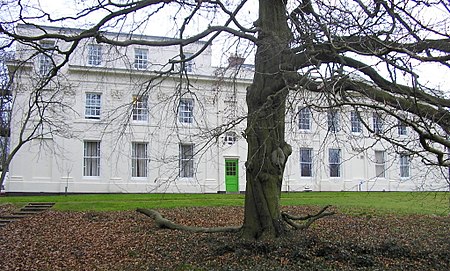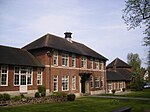Woodbrooke Quaker Study Centre

Woodbrooke Study Centre is a Quaker college in Selly Oak, Birmingham, England. The only Quaker Study Centre in Europe, it was founded by George Cadbury in 1903 and occupies his former home on the Bristol Road. Woodbrooke's first Director of Studies was the biblical scholar J. Rendel Harris. Other early staff included Horace Gundry Alexander and Leyton Richards, a prominent pacifist who was appointed as Warden in 1916.The college was extended between 1907 and 1914 by the addition of a new wing, a new common room and Holland House, a men's hostel. By 1922 it was estimated that 1,250 British students and 400 foreign students had attended the college.It was federated with eight other nearby colleges, known collectively as Selly Oak Colleges. Woodbrooke provides short courses on personal spiritual growth, theology, creative arts, and training for Quaker roles. Its Centre for Research in Quaker Studies offers postgraduate taught and research degrees through the Universities of Birmingham and Lancaster. It is also available for conferences.
Excerpt from the Wikipedia article Woodbrooke Quaker Study Centre (License: CC BY-SA 3.0, Authors, Images).Woodbrooke Quaker Study Centre
Bristol Road, Birmingham Bournbrook
Geographical coordinates (GPS) Address External links Nearby Places Show on map
Geographical coordinates (GPS)
| Latitude | Longitude |
|---|---|
| N 52.4311 ° | E -1.9481 ° |
Address
Woodbrooke Quaker Study Centre
Bristol Road 1046
B29 6LJ Birmingham, Bournbrook
England, United Kingdom
Open on Google Maps





